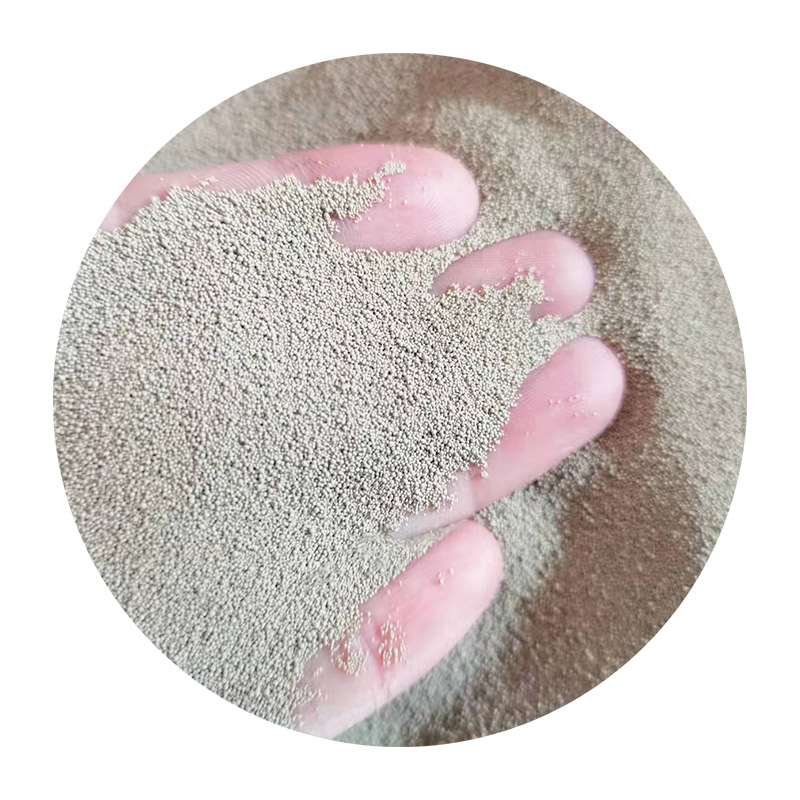The Versatility of Sand and Resin in Modern Applications
In recent years, the combination of sand and resin has emerged as a revolutionary solution in various industries, ranging from construction to art and even technological innovation. This amalgamation not only enhances the properties of the materials involved but also introduces exciting new possibilities for design and functionality. As we delve deeper into the world of sand and resin, we uncover their unique characteristics, applications, and the future potential of this dynamic duo.
The Properties of Sand and Resin
Sand, a naturally occurring granular material, is one of the most abundant resources on Earth. Comprising mostly silicate minerals, it has been utilized for centuries in construction and manufacturing. Its versatility allows it to be used for everything from building materials to recreational activities like sand sports. On the other hand, resin is a synthetic polymer that can be tailored to meet specific needs. Resins are known for their durability, resistance to corrosion, and excellent adhesive properties, making them suitable for a plethora of applications.
When combined, sand and resin create a composite material that harnesses the best features of both entities. The sand adds bulk, texture, and stability, while the resin binds the mixture together, offering strength and resilience. This combination is not only lightweight but also extremely durable, enabling it to withstand varying environmental conditions.
Practical Applications
The applications of sand and resin are incredibly diverse. In the construction industry, this mixture is often used to create durable flooring solutions, countertops, and decorative elements such as ornamental stones and tiles. The aesthetic appeal of sand and resin combinations allows architects and designers to experiment with colors, textures, and finishes, leading to innovative design solutions that enhance modern spaces.
sand resin

In the realm of art, sand and resin have become popular in the creation of striking artwork and crafts. Artists utilize these materials to produce stunning sculptures, home décor, and jewelry. The translucent quality of resin allows artists to embed sand, shells, or other materials, resulting in unique pieces that capture the beauty of nature while showcasing the artist's creativity.
Additionally, in the technological sector, the integration of sand and resin is being explored in the fabrication of components for electronics and automotive industries. The lightweight and strong characteristics of this composite material make it ideal for producing parts that need to withstand stress while remaining efficient.
Environmental Considerations
In light of growing environmental concerns, the combination of sand and resin presents an opportunity for sustainable practices. Many manufacturers are exploring ways to utilize recycled materials in their resin formulations or sourcing sand from sustainable practices to minimize ecological impact. This focus on sustainability aligns with the increasing consumer demand for environmentally friendly products.
Future Prospects
As technology continues to advance, the potential applications for sand and resin composites are only limited by our imagination. Researchers are actively investigating new resin formulations that encompass biodegradable or recycled materials, which could significantly reduce environmental footprints. Moreover, advancements in 3D printing technology might allow more intricate designs and functional elements, expanding the use of sand and resin even further.
In conclusion, the combination of sand and resin represents a remarkable intersection of functionality and creativity. With their diverse properties and applications, these materials are poised to play a crucial role in the development of innovative products across various sectors. As the world moves towards more sustainable practices, the opportunity to harness the power of sand and resin responsibly will lead to exciting developments in both industry and art. The future is bright for sand and resin, and their impact will undoubtedly resonate for years to come.
Post time:Nov . 25, 2024 09:35
Next:dry sand casting process
